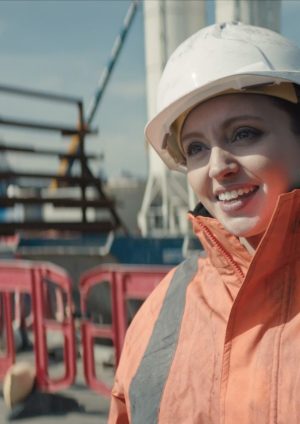Jenny’s Story
What went wrong?
Jenny viewed her respiratory protective equipment (RPE) as optional; something to be worn when she remembered or felt like it. She felt it was uncomfortable and a bit annoying but clearly did not appreciate the potential impact that not wearing it could have. She may have behaved like this due to the fact no one had explained the risks adequately to her or she may have simply chosen to believe the risk did not exist.
What would good have looked like?
Jenny understanding the risks, considering her future and ensuring she wore suitable and well fitting RPE whenever required because she wanted to, not just because she was told to. The best way to control the risks from dust are to eliminate exposure altogether, removing the need to wear RPE in the first place.
Discussion points
Do you know what health risks you face on this job, and how you can control them?
Do you consider how health risks might impact you in later life?
How might you persuade Jenny to take the risks and necessary controls more
seriously?
Do you know what RPE to wear and when?
Possible Discussion Questions
Q.What is wrong with Jenny at the end?
A.There are many lung related illnesses that can develop as a result of exposure to dust and other inhaled substances. The video is not intended to specify which Jenny is suffering from, just that her lungs have been damaged and her life has changed as a result.
Q.How long has passed?
A.Multiple years are implied to have passed between the interview and Jenny being sat watching her family and friends enjoying the Barbeque.
Q.What sort of dust can lead to illness?
Many kinds of dust, aerosol or fume have the potential to damage lungs and cause an occupational related illness. The risk assessment related to the task should outline how dust will be eliminated or otherwise controlled.

